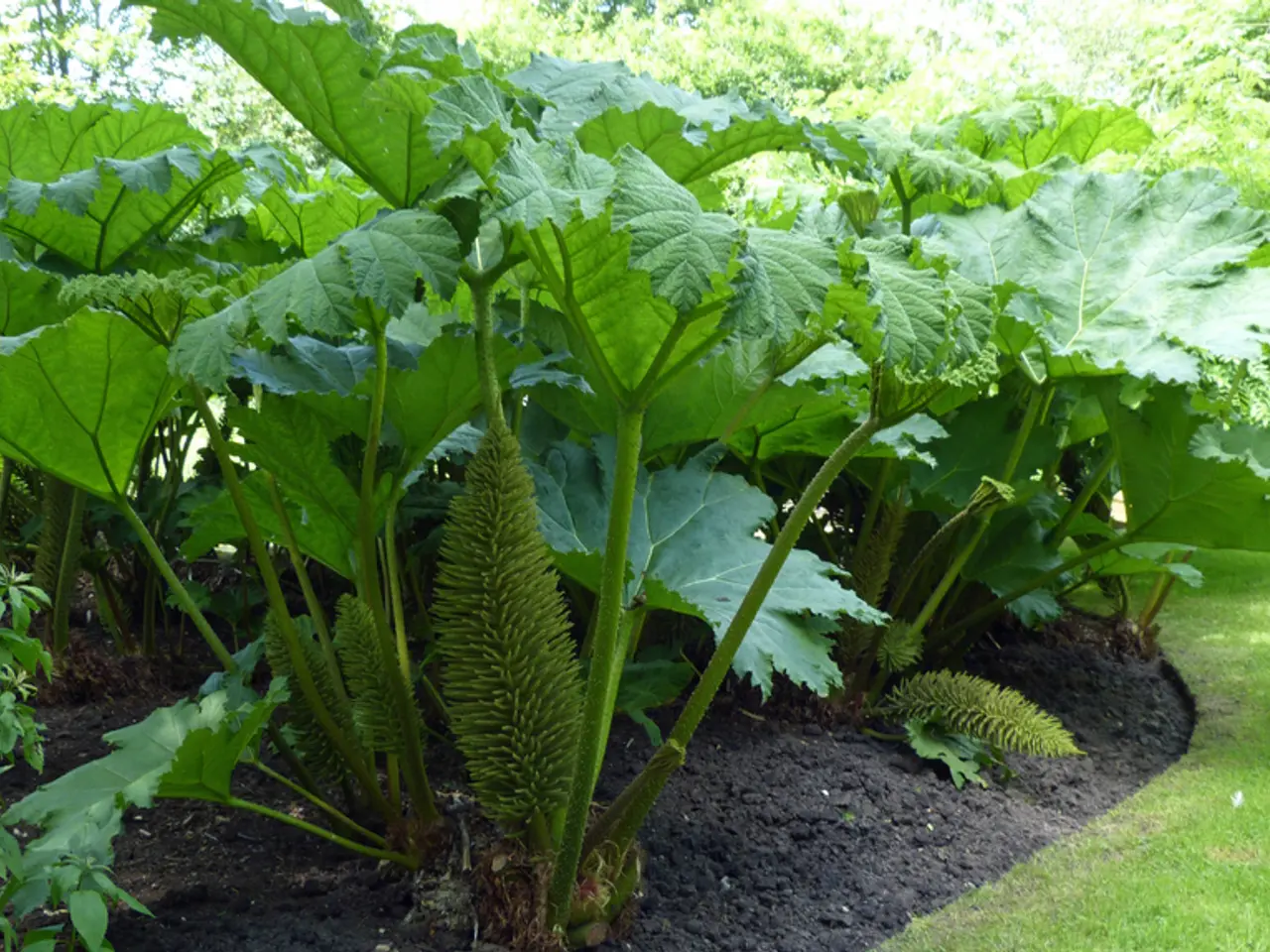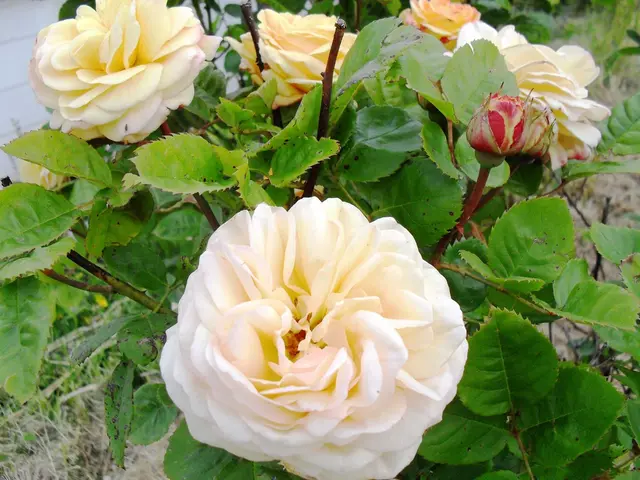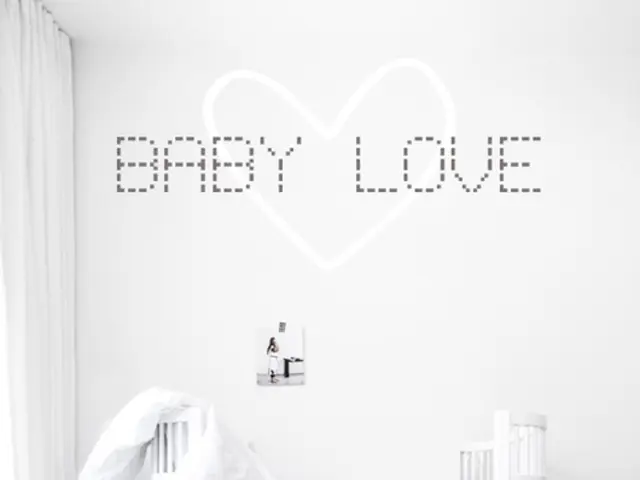Which gardening approach offers optimal results based on your garden soil type? Insights from horticulture professionals on whether direct soil planting or raised bed gardening is more suitable.
When it comes to vegetable gardening and flower-filled borders, the choice between planting directly in the soil or using raised beds can be a tricky one. Both methods have their advantages and disadvantages, and the best option depends on various factors such as soil quality, budget, physical needs, and the level of control you desire over soil conditions.
### Planting Directly in Soil
Planting directly in the soil offers several benefits. For one, it is a more cost-effective option as there is no need to purchase materials for building raised beds or to buy additional soil to fill them. Furthermore, ground soil usually retains moisture more effectively than raised beds, meaning less frequent watering is required. This is particularly beneficial for large or sprawling plants like pumpkins or shrubs.
However, planting directly in the soil also has its drawbacks. If your native soil is poor, compacted, heavy clay, or contains rubble, you'll need to amend it with organic matter for good plant growth. Weeds tend to be more persistent in open soil, which can compete with your plants for nutrients and water. Additionally, gardening at ground level may be hard on your back and knees, especially for prolonged periods.
### Using Raised Beds
Raised beds offer the advantage of soil control, allowing you to create an ideal planting medium by mixing topsoil, compost, sand, and organic matter tailored to your climate and plant needs. This ensures better drainage and nutrient content, reducing the need for frequent amendments. Raised beds are also beneficial for sensitive edible plants as they can greatly reduce weed seed presence.
However, building raised beds requires an upfront investment in materials and quality soil or compost to fill them. Raised beds tend to drain faster and may dry out quicker, requiring more frequent watering, especially during hot weather. True garden soil can be heavy for raised beds, so lightweight potting or specially blended mixes might be necessary to avoid structural issues.
### Making the Right Choice
Choosing between the two depends on your local soil condition, budget, physical needs, and how much control you want over soil quality. If your soil is good and you want a low-cost, natural setup, planting directly makes sense. If you need better drainage, weed control, or easier access, raised beds are worth the investment.
Hardy shrubs or fruit bushes often do better planted directly in the ground. Common garden weeds can be more persistent in open soil. Raised beds are not ideal for growing large plants that need a lot of root space. Bending down to ground level can be tough on your back and knees.
Raised beds are brilliant for growing smaller crops like leafy greens, root veg, herbs, and greenhouse favorites such as tomatoes and peppers. Root veg like carrots and parsnips love deep, loose soil, which is easier to achieve in a raised bed. The disadvantages of planting directly in the ground include the need to amend the soil with good quality, well-rotted organic matter each year if it starts out poor.
Morris Hankinson, the founder and managing director of Hopes Grove Nurseries Ltd, advises that planting directly in the ground is less costly as there's no need to buy raised beds, materials, or soil to fill them. To figure out whether it's better for you to plant directly in soil or beds, Steven Bell suggests asking yourself questions about your soil, what you're growing, your budget, the space you have, and your physical condition.
Raised beds allow you to fill with a good quality, peat-free compost, which is beneficial if your garden is made up of heavy clay soil or poorly drained. Raised beds are easier to cover with fleece or cloches, helping protect seedlings from cold snaps. Planting directly in the earth offers plenty of space for roots to grow, making it ideal for sprawling crops like pumpkins or very large shrubs and trees.
The soil in raised beds dries out faster than ground soil, meaning you'll need to water more often, particularly during hot weather. Building raised beds and filling them with soil can be costly. If your soil is already decent, planting directly in it might be the simplest option. If it's a mess, raised beds could save you time and headaches. Raised beds can help with access, making gardening easier on the back and knees. Raised beds warm up quicker in spring, allowing you to start planting earlier and potentially extend your growing season. If the soil in your garden is poor, heavy, or filled with rubble, it might be better to build raised beds, especially if you're hoping to change the soil pH.
- For gardeners seeking an optimal balance between moisture retention and soil control, planting directly in the soil might be the more cost-effective and natural choice for growing hardy shrubs or fruit bushes, while battling persistent weeds and potentially straining the back and knees from prolonged gardening.
- If you desire a conducive planting medium tailored to specific climates and plant needs, as well as effective weed control, investing in raised beds is worth considering, even though it may require a significant upfront cost for materials and suitable soil. This choice is especially beneficial for growing smaller crops like leafy greens, root vegetables, herbs, and greenhouse favorites, allowing for better drainage and easier gardening access.




